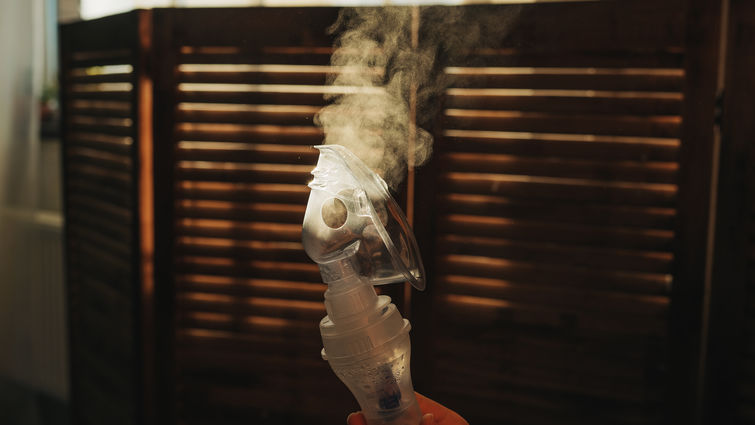

When it comes to childhood asthma, specific triggers can set off a chain reaction, inflaming the lungs and airways. Whether inhaling pollen or catching a cold, these triggers can lead to daily symptoms that disrupt play, sports, school, and sleep. Unmanaged asthma in children poses the risk of dangerous attacks and visits to hospital emergency departments. While there's no cure, effective treatment can help manage symptoms, preventing potential damage to developing lungs.
Childhood asthma has its own set of challenges, standing as a leading cause of emergency visits, hospitalizations, and missed school days.
Barbara Ariue, MD, a Pediatric Allergy and Immunology specialist at Loma Linda University Children's Hospital, emphasizes the impact of factors such as family history, airway infections, and environmental exposures such as cigarette smoke on asthma development.
“We’re trying to raise awareness about how environmental factors can affect people with asthma, or lead to asthma development,” says Ariue. “We encourage everyone to consult with a primary care doctor for regular care and consider referral to an asthma specialist for more specialized care if needed.”
Residents of San Bernardino County face heightened asthma challenges due to poor air quality. The American Lung Association has given the county a failing grade, citing elevated levels of ozone and particulate air pollution. These environmental factors increase the risk for both pediatric and adult asthma patients.
Asthma disparities are evident, with Black, Hispanic, and American Indian/Alaska Native populations experiencing higher rates of asthma-related deaths and hospitalizations. Black children, for instance, have a death rate of 7.6 times that of white children, according to the U.S. Department of Health and Human Services Office of Minority Health. Ariue adds that Hispanic children are twice as likely to visit the emergency department compared to white children.
Ariue, who serves on national committees for asthma and is president of the California Society of Allergy and Asthma Immunology, points out that underserved children are less likely to use preventative medications, often relying on emergency care alone. Transportation issues and health disparities contribute to missed appointments, leading to high hospitalization rates.
Addressing these challenges requires a collaborative effort involving parents, healthcare professionals, researchers, educators, community leaders, and various organizations. Ariue stresses the importance of following the National Asthma Education and Prevention Program's guidelines to raise awareness, implement effective asthma management strategies, expand specialist care coverage, partner with our community and schools, and remove barriers.
Loma Linda University Health is at the forefront of this challenge. The only Children's Hospital in the region has an Intensive Care Unit and a network of Pediatric Allergy/Immunology and pulmonology specialists. In addition, the pediatric residency program provides excellent training of future physicians as well as ensuring that those without a primary care provider can receive necessary assessments and referrals.
"There's still a lot of hope and good things that we can accomplish, treating all patients, whether they have insurance or not, and giving them the best care possible," says Ariue.
For more information on pediatric allergy, immunology, and pulmonology, visit online.


